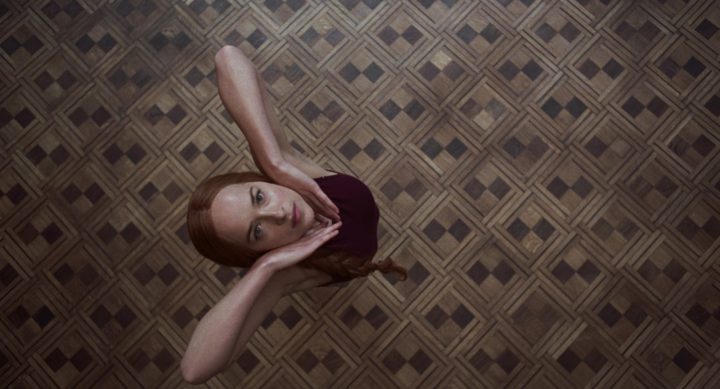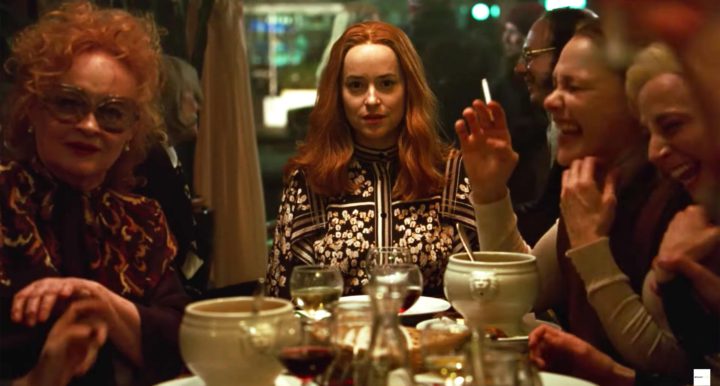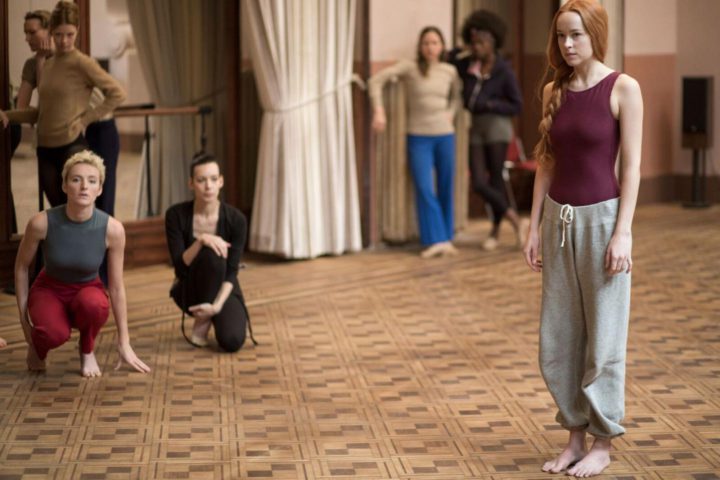
Of all the unholy, unspeakable things that have passed before my eyes, of all the chthonic horrors and eldritch abominations I’ve witnessed, director Luca Guadagnino’s Suspiria bears the diabolical distinction of being the lamest. In their tepid attempt to remake — or “cover,” as Guadagnino put it (whatever, Luca) — Dario Argento’s 1977 giallo classic, Guadagnino and screenwriter David Kajganich have stripped their source material of all originality and ingenuity, replacing 92 minutes of masterful stylization and surrealistic psychosis with 152 minutes of sepia-hued snooze inducement. What remains is, like the Mother of Sighs referenced in the title, a withered husk of debauched decrepitude feeding off the vitality of its unwitting victims — those victims being not only Argento’s work but also humble moviegoers who deserved better.

Had Guadagnino’s Suspiria done away with any association with its ostensible inspiration, I might have been more inclined to forgive its myriad flaws. But explicitly stating the connection draws inevitable comparisons with the original, none of which are favorable. The stories share the same basic beats — a young American matriculates to a prestigious German dance academy only to discover that it’s run by a coven of witches headed by the enigmatic Helena Markos. But while Argento’s film plunges the audience immediately into a nightmarish dreamscape of twisted imagery, vibrant color and vicious murders, Guadagnino wastes an hour on pointless psychological solipsism and ill-defined political subplots. Whereas Argento creates a perpetually mounting sense of dread and unease, the only unease Guadagnino engenders in the audience is rooted in the finite capacity of the human bladder to endure such monotony.

This is not to say that there’s nothing of value in Guadagnino’s Suspiria, but what little there is to recommend it also carries substantial caveats. The most frequent question I’ve fielded in relation to the film regards Thom Yorke’s score, so let’s get this out of the way: It’s pretty good. It has a tendency to sound like a collection of unused tracks from a Radiohead album, but that’s just fine by me. And yet, in the context of Goblin’s genre-defining prog-psych soundtrack for the ’77 original, Yorke’s work feels as dull and lifeless as the film it inhabits. Tilda Swinton delivers solid performances in no less than three roles, but Dakota Johnson is hopelessly miscast, especially in light of a third-act revelation about her character that breaks significantly from the original narrative. While Argento’s film used its dance school setting as little more than a pretext to facilitate the director’s problematic sadism toward his female characters, dance is central to Guadagnino’s vision for the film — and while his protracted dance sequences are indeed impressive, they don’t hold a candle to Argento’s inspired set design and visual aesthetic.

In Guadagnino’s hands, Suspiria becomes a film deficient even in its modest strengths. Awash in pretension and devoid of any genuine depth, it’s a movie that fails to grasp the enduring cult appeal of its antecedent, and even more damningly, almost entirely forgets to be a horror film until the last half-hour. Even then, Guadagnino’s scares are only frightening in their amateurishness — to be frank, I found Call Me By Your Name’s statutory rape conceit far more horrifying than anything on display here. He seems to lack a firm understanding of both the genre heights to which he aspires and the occult subject matter he’s working with to such an extent that the point of his film is obscure and the necessity of its creation all but absent. The very fact that Guadagnino believes his drab, monochrome vision of Argento’s Three Mothers trilogy warrants a remake of the remaining two films, as suggested by his Suspiria’s references to the trilogy’s overarching narrative, should provide sufficient justification for audiences to pick up their metaphorical pitchforks and burn any such ambitions at the stake. Rated R for disturbing content involving ritualistic violence, bloody images and graphic nudity, and for some language including sexual references.
Now Playing at Grail Moviehouse.



Before you comment
The comments section is here to provide a platform for civil dialogue on the issues we face together as a local community. Xpress is committed to offering this platform for all voices, but when the tone of the discussion gets nasty or strays off topic, we believe many people choose not to participate. Xpress editors are determined to moderate comments to ensure a constructive interchange is maintained. All comments judged not to be in keeping with the spirit of civil discourse will be removed and repeat violators will be banned. See here for our terms of service. Thank you for being part of this effort to promote respectful discussion.